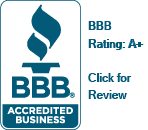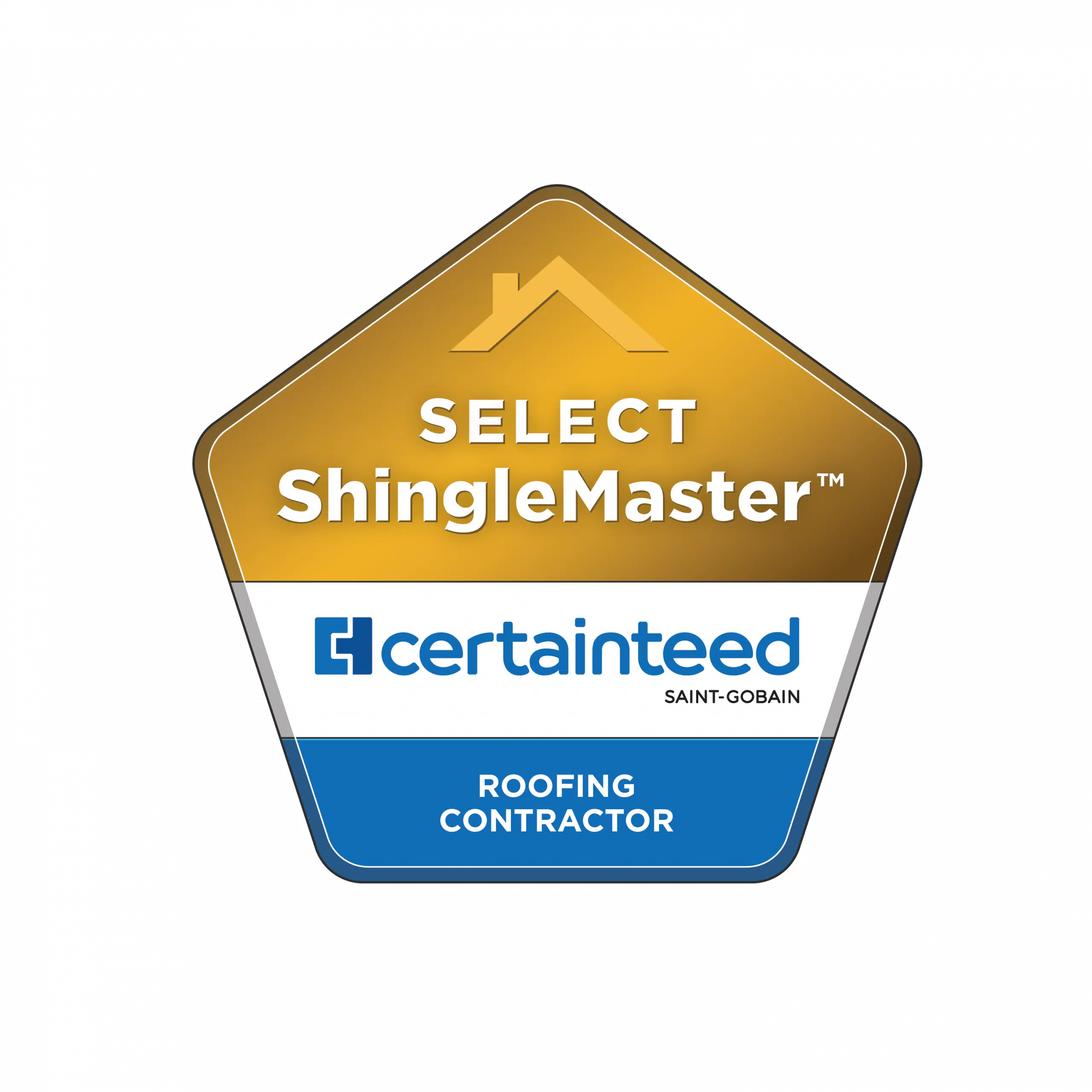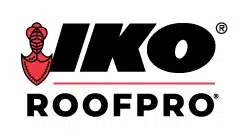
Do you know the difference between a commercial roof and a residential one? It all comes down to the materials. When comparing commercial roofing vs. residential systems, homes typically use asphalt shingles, wood, slate, and steel to cover the roof. Commercial buildings, on the other hand, have far more options to choose from. The most popular being BUR (Built-Up Roofing), PVC (polyvinyl chloride), TPO (thermoplastic polyolefin), EPDM (ethylene propylene diene methylene), metal, and modified bitumen. To help you choose the right one for your business, here’s a short guide on everything you need to know about commercial roofing.
Contents
Built-Up Roofing Membrane
BUR is a tar and gravel roof that is built with multiple layers called piles. It’s quite flexible in design and can be built with as many layers as necessary. This type of roof is often built with a low-slope, which allows for adequate water runoff and easier installation of HVAC equipment. In short, BUR is low maintenance, no fuss commercial roof option.
Modified Bitumen
A Modified Bitumen roof is installed in layers similar to BUR membranes, but the seams are often melted together to create a seamless membrane. Other materials, on the other hand, are created with open seams or covered with another material that reduces their structural strength. Bitumen is also highly durable and rated against wind, fire, and hail.
Metal Roofing
Many commercial property owners choose metal for its strong, attractive, and fire-resistant properties. Metal can also be retrofitted to expand the lifespan of your roof. The only downside is that metal can rust, so it’s important to add a protective surface layer to reduce sun damage.
EPDM Roofing
One of the biggest benefits of EPDM is that it comes installed in one piece and can easily stretch to fit any roof shape. It’s also a popular choice because the material has excellent reflective properties and is completely resistant to aging, UV radiation, ozone, acids, solvents, and alcohol. And although it doesn’t come with its own insulation material, there are several options to choose from depending on your specific requirements.
PVC
PVC is one of the most popular commercial roofing materials around. It’s very energy-efficient, offers superior insulation, and has exceptional fire-resistant properties that make it, unlike any other material. PVC can self-extinguish flames, so you won’t have to worry if a fire breaks out on your roof – the membrane won’t melt. It’s also highly resistant to moisture, wind, and chemicals.
TPO
Thermoplastic polyolefin (TPO) has only been around since the 1980s but has quickly become a popular and affordable roofing alternative to PVC. This single-ply roofing material is durable, flexible, and more affordable than many of the other materials. The material is lightweight, easy to maintain, and 100% recyclable.
Installation
The installation of commercial roofing is also more complex than residential systems. In fact, it can take over a month to install a new commercial roof – residential ones are often done in a day or two. There’s also a lot more than can go wrong, which is why it’s essential that you hire a professional roofing company with a proven track record of commercial installations to get the job done right.
If you’re looking to install a new commercial roof, contact us at Roofmaster. Our team of commercial roofing experts will help you choose the right material and ensure it’s installed right the first time.









